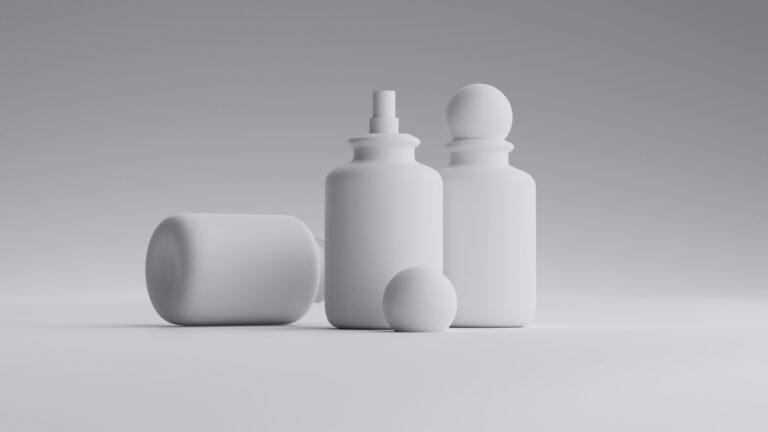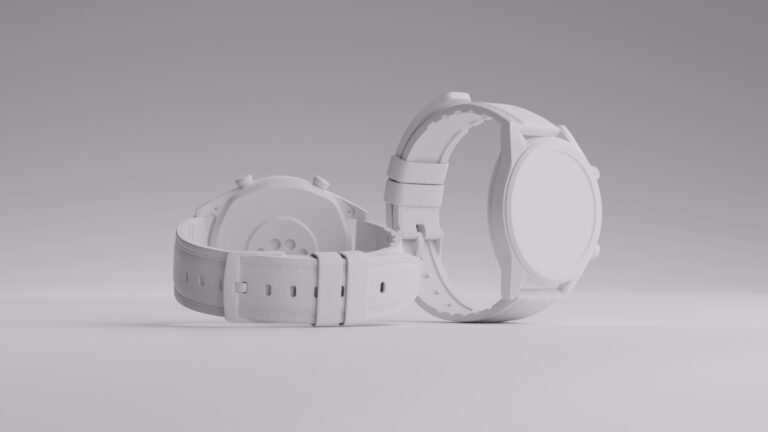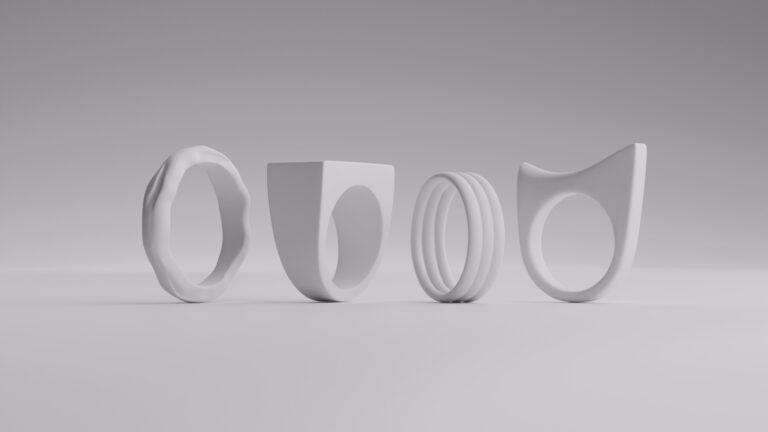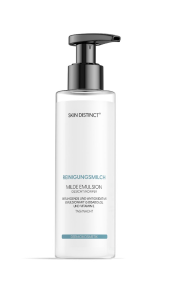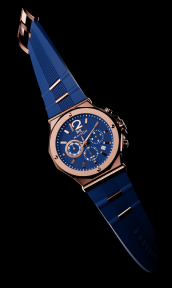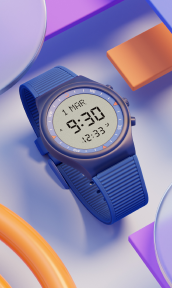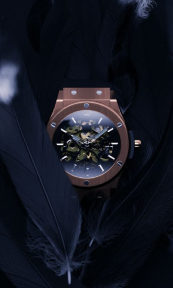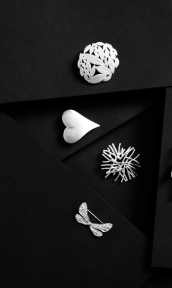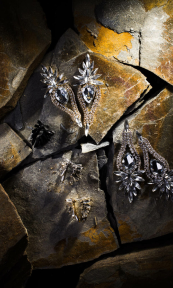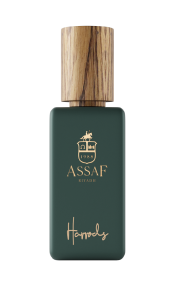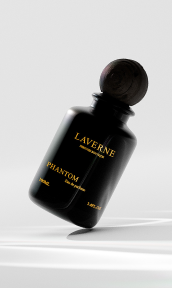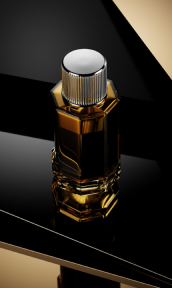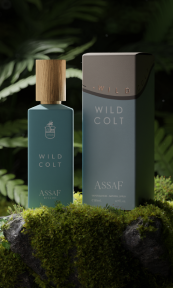The world of watch product photography is ever-evolving, with 2025 bringing new trends and technologies that influence pricing. Whether you’re a brand looking to showcase your latest collection or a watch enthusiast wanting high-quality images, understanding the factors that affect photography costs is crucial. This article delves into the elements that influence pricing, provides an overview of typical price ranges, and offers tips on securing the best deals.
Factors influencing watch product photography prices

Understanding the nuances that contribute to the cost of watch product photography is essential for making informed decisions. Various elements, ranging from the photographer’s background to the intricacies of the shoot, play significant roles in determining pricing. Here’s a detailed look at the key factors:
-
Photographer’s Expertise and Reputation
- Expertise: Photographers who specialize in watch photography have honed their skills to capture the intricate details and craftsmanship of watches. This expertise includes understanding how to use macro lenses for close-up shots, techniques for reducing reflections and glare on glossy surfaces, and methods for highlighting fine details such as engravings and textures. Their advanced technical knowledge ensures high-quality results, which justifies their higher rates.
- Reputation: Photographers with a well-established reputation often have extensive portfolios showcasing their ability to consistently produce high-quality images. They might have worked with renowned brands or have been featured in prominent publications. This reputation assures clients about the quality and reliability of their work, allowing them to charge premium prices.
-
Complexity of the Shoot
- Lighting and Setup: Achieving the perfect lighting for watch photography is challenging. It requires a controlled environment where light can be manipulated precisely. Photographers may use softboxes, reflectors, and diffusers to create soft, even lighting that highlights the watch’s features without creating harsh reflections. Complex lighting setups, including multiple light sources and custom-made rigs, increase the shoot’s overall cost.
- Styling and Props: The styling aspect of a watch shoot involves selecting and arranging props that complement the watch and enhance its appeal. This could include luxury items, themed backgrounds, or custom-built sets that reflect the brand’s identity. The more elaborate the styling, the higher the cost due to additional time, effort, and materials required.
- Post-Processing: After the shoot, images undergo extensive post-processing to achieve a flawless finish. This includes color correction, removing dust or scratches, enhancing textures, and ensuring the watch looks pristine. Advanced retouching techniques, such as focus stacking for sharpness and high-dynamic-range (HDR) processing, contribute to the final image’s quality but also add to the cost.
-
Location –
A controlled studio environment is ideal for watch photography, offering complete control over lighting and background. However, renting a high-end studio can be expensive. Alternatively, on-site shoots, especially in luxury locations or stores, may incur additional costs for travel, setup, and permits. On-site shoots might be preferred for lifestyle images that show the watch in real-world settings, adding context but also complexity to the shoot.
-
Volume of Work
- Number of Watches: When photographing multiple watches in a single session, photographers can spread the setup and post-processing costs across several items, potentially reducing the cost per watch. Volume discounts may apply, making it more cost-effective for brands with larger collections.
- Frequency of Shoots: Brands requiring regular photography services can negotiate better rates by committing to ongoing projects. Long-term contracts or retainer agreements provide photographers with consistent work, allowing them to offer more competitive pricing in return.
-
Turnaround Time –
Fast turnaround times often necessitate additional resources and extended working hours. Photographers might need to prioritize urgent projects over others, which can disrupt their workflow. Consequently, expedited services come at a premium. Planning shoots well in advance and providing clear timelines can help avoid these extra costs, allowing for more flexible scheduling and standard rates.
In conclusion, several interconnected factors influence watch product photography prices. By comprehending these aspects, brands, and individuals can better navigate the market, balancing cost and quality to achieve the desired photographic results.
Typical price ranges for watch product photography

Understanding the typical price ranges for watch product photography can help you budget effectively and set realistic expectations for the quality and scope of work you’ll receive. Although prices vary widely based on the complexity and quality of services provided, they are customized for each photographer. But, to help you get an idea of how the market fares, we’ll provide you with a few typical price ranges.
Depending on your budget and what you’re looking for, a photoshoot can start from as low as $100 and go up to more than $2000. So, to better help you understand why the prices tend to vary so much, we’ve split the info into three stages – basic packages, mid-range, and high-end. Keep in mind that these are the average prices you’ll find on the market. If you’re curious to know our pricing, take a look at this. And, if you want to know more about them, we’ve detailed our pricing, as well as our packages in this article.
Most basic packages are within a range of $100 up to $300 per watch. These packages usually involve basic lighting setups with minimal equipment. The focus is on providing adequate illumination to capture clear images without intricate lighting techniques.
Basic packages often tend to avoid elaborate styling. The watch is typically photographed on a plain background or a simple prop to highlight its features without additional context or creativity. Post-processing in basic packages might be usually limited to essential edits such as color correction, basic retouching, and cropping. Advanced retouching and enhancements are usually nonexistent at this price point.
Mid-range packages are usually found within a price range of $300 up to $800 per watch. These packages usually include more advanced lighting setups, as well as some creative styling, incorporating props or themed backgrounds. When it comes to post-processing, the mid-range packages involve more detailed retouching, compared to the basic ones.
Although the details will depend on each photographer, these packages tend to include removing imperfections, enhancing details, and ensuring that the watch appears flawless. Techniques like focus stacking and high-dynamic-range (HDR) imaging might also be employed.
The priciest ones tend to be the high-end packages, in which the photographer will use only the best skills and equipment available. Similar to the other two, the prices can differ from one expert to another, but usually, these packages start from $800 and can go as high, or even higher as $2000+ per watch.
High-end packages tend to feature intricate lighting setups designed to bring out the best in the watch. This may include custom lighting rigs, specialized macro lighting, and techniques to highlight specific features such as the watch face, engravings, and textures.
At this level, styling is comprehensive and highly professional. It involves the use of luxury props, custom backgrounds, and settings that create a narrative or lifestyle context for the watch. This enhances the visual appeal and marketing impact of the images.
The post-processing work is usually extensive and detailed, ensuring every aspect of the image is perfect. This might include high-end retouching, advanced color grading, and possibly compositing techniques. The result should be a set of images that are ready for high-profile advertising or publication.
In conclusion, the cost of watch product photography varies significantly based on the services and quality provided. From basic setups to high-end, professionally styled shoots, each price range offers different levels of complexity and refinement. By understanding what each package typically includes, you can make informed decisions that align with your budget and photographic needs, ensuring that you achieve the desired results for your watch photography.
Tips to get the best prices

Navigating the market for watch product photography can be challenging, especially when trying to balance quality and cost. Here are some practical tips to help you secure the best prices without compromising on the quality of your images:
- Research and Compare
- Portfolio Review: Start by researching multiple photographers and reviewing their portfolios. Look for consistency in quality and style that matches your brand’s aesthetic. Comparing the work of different photographers will give you a sense of their capabilities and help you gauge their pricing relative to their expertise.
- Client Reviews: Check for reviews and testimonials from previous clients. This can provide insights into their reliability, professionalism, and the overall satisfaction of their clients.
- Price Transparency: Ensure that you have a clear understanding of what is included in the quoted prices. Some photographers might offer lower base rates but charge extra for essential services like post-processing or additional revisions.
- Bundle Projects
- Volume Discounts: If you have multiple watches or need recurring shoots, bundling these projects can lead to volume discounts. Photographers are often willing to offer reduced rates for bulk work since it provides them with a guaranteed larger project.
- Negotiation Leverage: Use the promise of ongoing or larger projects as leverage when negotiating prices. Photographers might be more inclined to offer discounts if they see the potential for future business.
- Package Deals: Inquire about package deals that photographers might offer. These packages often include a set number of shoots or images at a discounted rate, providing cost savings compared to booking services individually.
- Plan Ahead
- Avoid Rush Fees: Last-minute bookings can incur rush fees due to the need for expedited services. Planning your shoots well in advance can help you avoid these additional costs.
- Seasonal Considerations: Be aware of peak times in the photography industry, such as holiday seasons or fashion weeks, when demand is high. Scheduling your shoots during off-peak times can sometimes result in better rates.
- Detailed Planning: Provide photographers with detailed briefs and schedules to ensure smooth and efficient shoots. Clear communication about your expectations and timelines can help avoid costly delays or misunderstandings.
- Negotiate
- Open Communication: Don’t be afraid to discuss your budget openly with potential photographers. Many are willing to work within your constraints and can propose packages that fit your financial requirements.
- Flexible Terms: Consider negotiating on deliverables or turnaround times to find a price that works for both parties. For instance, you might accept a longer delivery time in exchange for a lower rate.
- Additional Services: Ask about additional services that might be included in the price or available at a discount, such as video clips, social media content, or extra shots. Bundling these services can provide added value.
- Consider Up-and-Coming Photographers
- Emerging Talent: Talented photographers who are building their portfolios often offer competitive rates. While they may not have extensive experience, they are usually eager to prove their skills and can deliver excellent results.
- Fresh Perspectives: These photographers might bring innovative ideas and a fresh perspective to your project, providing unique and creative images that stand out.
- Portfolio Development: Emerging photographers are often more flexible and willing to accommodate specific requests to build their portfolios. This can result in a more collaborative and customized experience.
- DIY with Professional Help
- Initial Setup Guidance: If budget is a significant concern, consider a hybrid approach. Hire a professional photographer for the initial setup and guidance, then conduct some of the photography yourself. This can be effective if you have some photography skills and equipment.
- Post-Processing Services: Another option is to shoot the images yourself and hire a professional for post-processing. This allows you to benefit from expert retouching and editing while saving on the cost of the shoot itself.
- Renting Equipment: If you decide to do part of the photography yourself, consider renting high-quality photography equipment. This can significantly improve the quality of your images without the need to invest in expensive gear.
- Switch to CGI
- Cost-Effective for Complex Designs: CGI (Computer-Generated Imagery) can be a cost-effective solution, especially for watches with intricate designs and details. CGI eliminates the need for extensive physical setups and allows for perfect lighting and angles without additional costs.
- Flexibility and Versatility: CGI watch photography provides unparalleled flexibility in terms of design changes, multiple variations, and different settings. Once the 3D model of the watch is created, it can be manipulated to create various styles and contexts, offering significant savings on reshoots.
- High-Quality and Consistency: It can produce extremely high-quality images that are consistent across all visuals. This consistency is particularly valuable for brands that require a uniform look across different marketing channels.
Securing the best prices for watch product photography involves a strategic approach, combining thorough research, effective negotiation, and smart planning. By understanding the market and exploring various options, you can achieve high-quality photography that meets your budgetary needs. Whether you’re leveraging volume discounts, working with emerging talent, adopting a hybrid DIY approach, or utilizing CGI, these tips can help you make informed decisions and get the best value for your investment.
Wrapping up
Watch product photography in 2025 presents a range of pricing influenced by various factors, from the photographer’s expertise to the complexity of the shoot. Understanding these factors and knowing the typical price ranges can help you budget effectively and ensure you get high-quality images that showcase your watches in the best light. By researching, negotiating, and planning, you can secure the best possible prices and achieve stunning photography that enhances your brand’s appeal.
FAQ
What should I look for in a watch product photographer?
Look for a photographer with a strong portfolio that showcases their expertise in capturing the intricate details of watches. Check their reviews and testimonials, and ensure they have experience with the style and quality you require. Also, consider their ability to provide services like advanced post-processing and creative styling.
How can I ensure the best quality in watch photography without overspending?
Research and compare photographers to find one that offers a good balance between cost and quality. Consider bundling projects, planning shoots to avoid rush fees, and negotiating for better rates. Hiring emerging photographers or using a hybrid approach of DIY with professional help can also save costs.
What are the advantages of using CGI for watch photography?
CGI offers cost-effective solutions for complex designs, providing high flexibility and versatility. It allows for perfect lighting, angles, and consistency across all visuals. CGI is particularly useful for creating various styles and contexts without the need for physical setups, making it an efficient option for high-quality images.
Can I negotiate the price with professional photographers?
Yes, many photographers are open to negotiation, especially if you have a clear budget and are willing to discuss it openly. Negotiating flexible terms, such as longer delivery times or bundling additional services, can help you achieve a price that fits your financial requirements.
Is it better to hire a seasoned photographer or an up-and-coming one?
It depends on your budget and needs. Seasoned photographers bring experience and a proven track record, often resulting in higher quality but at a premium price. Up-and-coming photographers may offer competitive rates and fresh perspectives, making them a good option if you’re looking for creativity and cost savings. Both can deliver excellent results, so choose based on your specific requirements and budget.




